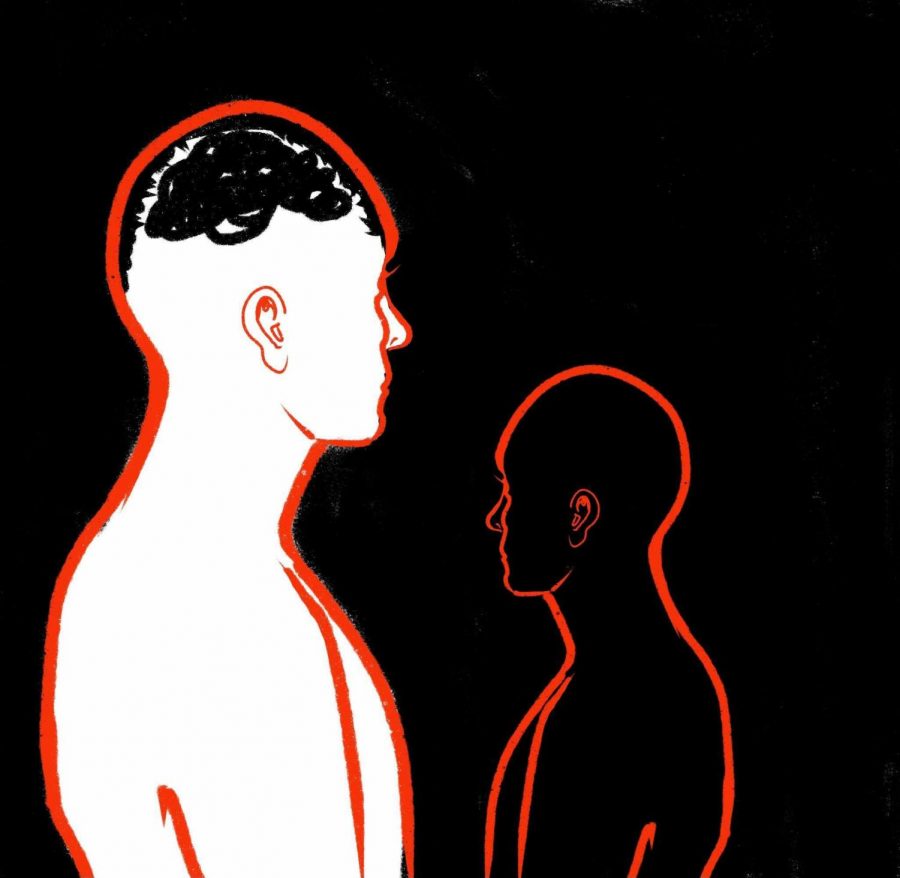Opinion | Individuals with borderline personality disorder are not who you might think
September 17, 2021
Trigger Warning: This column has content pertaining to topics such as suicide, self-harm and mood disturbances.
Until writing this column, I had not told the public about my borderline personality disorder diagnosis and my struggles with suicidal ideation, self-harm and loneliness.
However, it is about time for me to put my foot forward in helping others feel comfortable and validated in their feelings with this diagnosis. The disposition of many clinicians toward patients is often negative. This adds to an overall preconception that individuals with BPD are extremely insensitive to those around them.
Borderline personality disorder is known in the psychological field as one of the most stigmatized mental illnesses. The stigma that those with BPD are “manipulators” or “exaggerate everything” needs to be eliminated so people with this disorder can seek help and share their experiences more easily.
Given the misconceptions about BPD, it’s worth defining what it actually is. In order to be formally diagnosed, someone should have symptoms such as, “a pervasive pattern of instability of interpersonal relationships, self-image and affects, and marked impulsivity beginning by early adulthood and present in a variety of contexts.”
Adolf Stern, a well known psychoanalyst, first described the disorder with the term “borderline” in 1938. This led people to believe the condition lied on the “border” between neurosis and psychosis, which isn’t true.
Because of symptoms such as fear of abandonment found in those with BPD, paying attention to emotional intensity rather than how to de-escalate negative thought patterns can worsen symptoms. This leads to unhealthy coping mechanisms, such as self-mutilation, anger toward self or loved ones, reckless driving, unsafe sex, substance abuse and spending sprees.
Therapy, specifically dialectical behavioral therapy — which focuses more on eradicating the powerful emotions and promoting mindfulness— can help someone with BPD develop safe coping mechanisms and react appropriately to situations that may cause hardship.
Many believe that the term “borderline” refers to split personalities or a line between insanity and sanity, which is extremely false.
The term instead is intended to describe instability and disconnection from reality. These different moods, such as euphoria, sadness and anger, can last anywhere from a few minutes to an hour or longer. Borderline personality disorder is one of the most internally painful psychological disorders in terms of mental anguish and instability.
The extreme painfulness of the disorder leads to its high suicide rate. Columbia University College of Physicians and Surgeons, and Weill Cornell Medical College researchers, affiliated with New York-Presbyterian, found that at least 70% of those with BPD will attempt suicide at least once in their lifetime and at least 10% will complete suicide.
As someone who has been diagnosed and has struggled immensely with Borderline Personality Disorder, I can attest to this mental anguish.
It is extremely difficult having thinking patterns and feelings that make you perceive yourself as worthless. Having self-hatred so strong that you cannot imagine anyone truly enjoying your company also adds to it. In addition to this, it is hard trying to judge every social cue as something positive or negative. Most of the time, I take things very personally or the wrong way, which leads to even more self-hatred and paranoia of being abandoned by those who we love.
My, as well as others’, perception of situations may not always be right and my reactions can be extreme, but that does not mean I, or anyone with BPD, mean to hurt anyone purposefully. In fact, those who struggle with borderline personality disorder are often empathetic people. When they love, they love with all of their heart, because every single emotion is at the utmost intensity. Many people with BPD feel emotions deeply and find working in a caring role fulfilling. Some examples of this are nursing jobs, veterinary specialists, therapists and many more.
Given the severity of mental anguish experienced by those with BPD, it is crucial that we eliminate stigma so we can offer them better care and allow them to talk about their struggles without judgment.
Never forget that you are not in this alone, even if it may feel like it.
Students can reach the University Counseling Center 24/7 by calling 412-648-7930. LifeSolutions, the Faculty and Staff Assistance Program, is available 24/7 by calling 866-647-3432.
Other Resources:
National Suicide Prevention Lifeline: The Lifeline provides 24-hour, toll-free, and confidential support to anyone in suicidal crisis or emotional distress. Call 1-800-273-TALK (8255) to connect with a skilled, trained counselor at a crisis center in your area.
Crisis Text Line: Text HELLO to 741741 for free and confidential support 24 hours a day throughout the U.S.
Resolve Crisis Services: If you or someone you know is having a crisis and want help, please visit their walk-in center. It is free to all residents of Allegheny County. They also have a 24 hour hotline at 1-888-7-YOU-CAN (796-8226).








